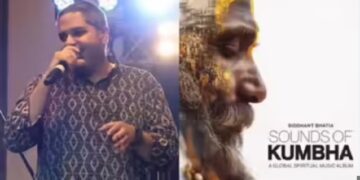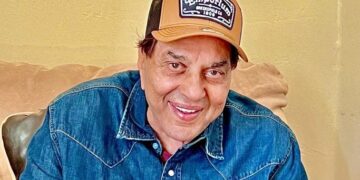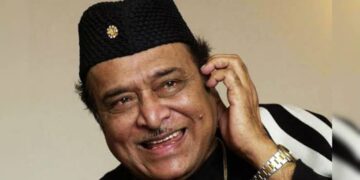Nepal has lifted the ban on social media apps after protests turned violent, resulting in clashes with the police that led to the death of 19 people and injured more than 100 others.
Nepal Minister for Communication, Information and Broadcasting Prithvi Subba Gurung announced that the government has withdrawn its earlier decision to ban social media sites.
After the government decided to ban 26 social media platforms, including Facebook and YouTube, protests erupted with thousands of young people storming parliament in the capital Kathmandu on Monday. Several districts are now under a curfew.
The Nepal government lifted the ban following an emergency cabinet meeting late on Monday night to “address the demands of Gen Z”.
Last week, Nepal’s government ordered authorities to block 26 social media platforms for not complying with a deadline to register with Nepal’s ministry of communication and information technology.
Platforms such as Instagram and Facebook have millions of users in Nepal, who rely on them for entertainment, news and business.
But the government had justified its ban, implemented last week, in the name of tackling fake news, hate speech and online fraud.
However, Gurung also stated that the government does not regret its earlier decision to shut the social media platforms down.
“Since protests were being staged using this issue as a pretext, the decision has been taken to reopen social media sites,” he said.
The minister also requested the ‘Gen Z’ group to call off their protest. The cabinet also formed an investigation committee to look into the day’s violence, which has been given 15 days’ time to prepare a report.
ALSO READ: Social Media ban sparks violent protests in Nepal; curfew imposed in Kathmandu
During the cabinet briefing, Prime Minister KP Sharma Oli had said that one of the banned social media platforms, X, had responded in a manner that disrespected Nepal’s national sovereignty.
According to a minister, X had stated that it would not register in Nepal at all.















